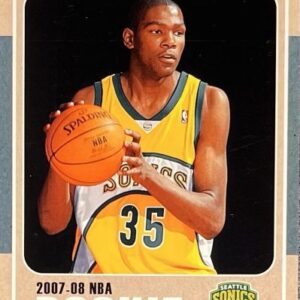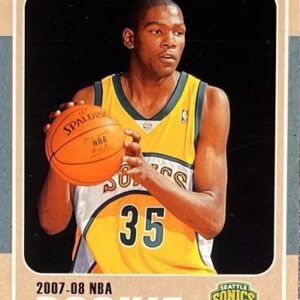The 1991 Hoops Metal Prototypes represent a captivating and daring experiment in the realm of basketball trading cards. Featuring the legendary Michael Jordan, these innovative cards were a fusion of sports collectibles and the unconventional use of metal in card production.
An Unconventional Partnership
The concept behind the Hoops Metal Prototypes was to forge a unique marketing collaboration with a common household product producer: bread. The aim was to explore new markets and entice consumers to make purchases, benefiting both Hoops and the bread manufacturer. This innovative strategy mirrored Michael Jordan’s later partnerships with brands like Upper Deck and Hanes, where exclusive cards were included with specific product purchases.
In this case, Hoops intended to distribute their metal cards through a partnership with a bread producer, akin to Franz bread in Portland, which distributed cards to promote the Portland Trail Blazers. Although Michael Jordan was not directly featured, his presence loomed in cards like the 1991-92 Terry Porter and Jerome Kersey cards.
The Pioneering Production Process
The idea of creating metal trading cards was groundbreaking at the time. The production process involved intricate steps, including selecting suitable metal materials, designing the cards for durability and safety, and devising a printing technique that could adhere to metal surfaces without compromising image quality. A firsthand account from a member of the production team sheds light on the triumphs and challenges faced in bringing these cards to fruition.
Initial enthusiasm for the metal cards was evident. However, working with metal posed unforeseen risks. The sharp edges of the cards presented a potential danger to collectors, especially young fans. This safety concern led to additional measures in the production process to smoothen edges and ensure the cards were safe to handle.
Distribution Strategies and Challenges
In addition to the partnership with the bread producer, Hoops explored alternative distribution methods. Plans included incorporating redemption cards in Hoops product packs, giving fortunate buyers the chance to exchange them for the special metal cards. This dual approach aimed to broaden the reach and engagement with collectors.
Despite the innovative tactics, the metal cards encountered obstacles such as production costs and safety issues. These challenges restricted the widespread distribution of the cards, rendering them rare and highly sought-after collectibles today.
The Enduring Legacy of Rarity
The 1991 Hoops Metal Prototypes serve as a testament to the bold and imaginative marketing strategies of the early 1990s. While the partnership with the bread producer and redemption schemes did not yield long-term success, the cards themselves have morphed into prized collectibles. The fusion of Michael Jordan’s iconic image with the innovative use of metal renders these cards a captivating chapter in sports memorabilia history.
The 1991 Hoops Metal Prototypes transcend mere trading cards; they embody a narrative of innovation, risk-taking, and the relentless pursuit of the extraordinary. These cards serve as a symbol of a daring experiment that pushed the boundaries of traditional trading card production.






